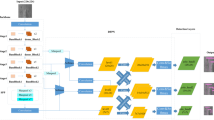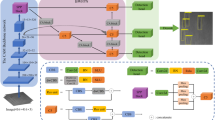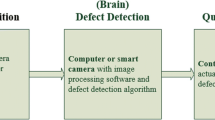Abstract
Microscopic wear particles are produced in all machines containing moving parts in contact. The particles, transported by a lubricant from wear sites; carry important information relating to the condition of the machinery. This information is classified by compositional and six morphological attributes of particle size, shape, edge details, color, thickness ratio, and surface texture. This article describes an automated system for surface texture identification of wear particles by using artificial neural networks. The aim is to classify these particles according to their morphological attributes and by using the information obtained, to predict wear failure modes in engines and other machinery. This approach will enable the manufacturing industry to improve quality, productivity and economy. The procedure reported in this article is based on gray level co-occurrence matrices which are used to train a feed-forward neural network classifier in order to distinguish among seven different patterns which can aid in the identification of wear particles. The investigated patterns are: smooth, rough, striations, holes, pitted, cracked, and serrated. An accuracy classification rate of 94.64% has been achieved and is shown by a confusion matrix.
Similar content being viewed by others
Author information
Authors and Affiliations
Corresponding author
Rights and permissions
About this article
Cite this article
Laghari, M. Recognition of texture types of wear particles. Neural Comput&Applic 12, 18–25 (2003). https://doi.org/10.1007/s00521-003-0367-y
Received:
Accepted:
Issue Date:
DOI: https://doi.org/10.1007/s00521-003-0367-y




